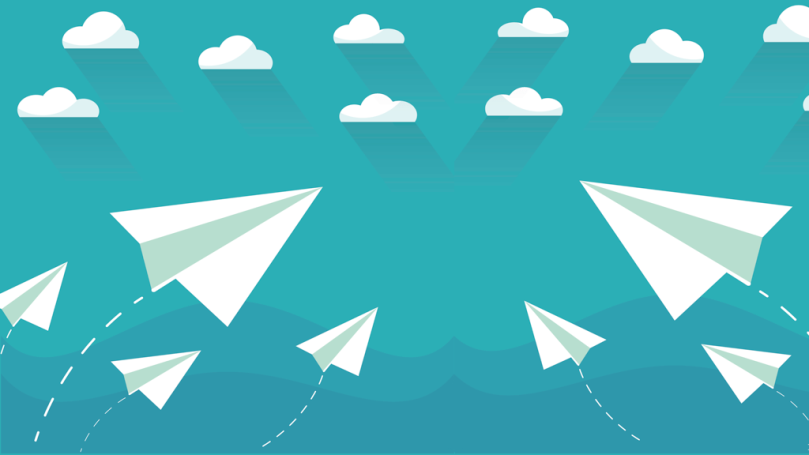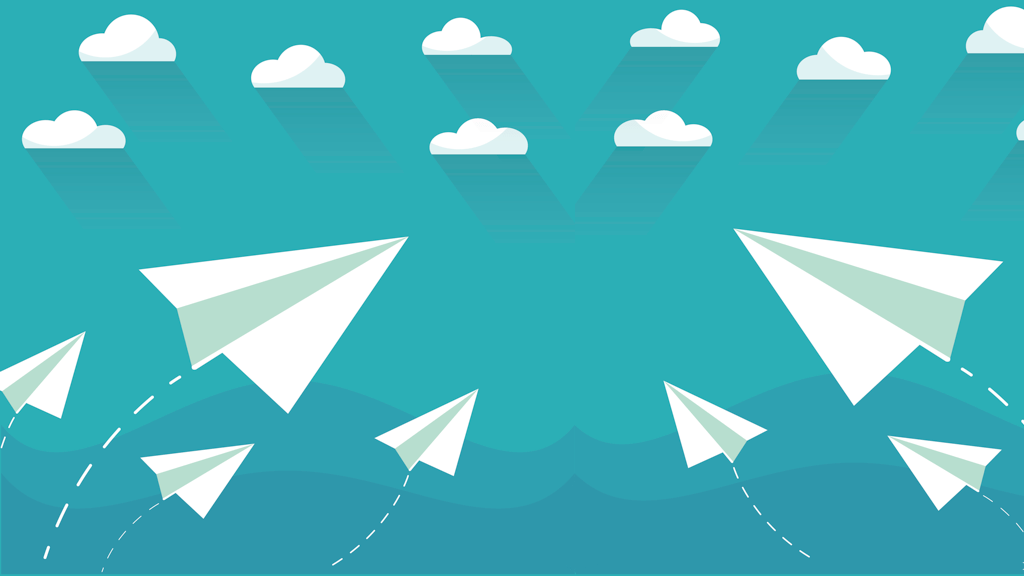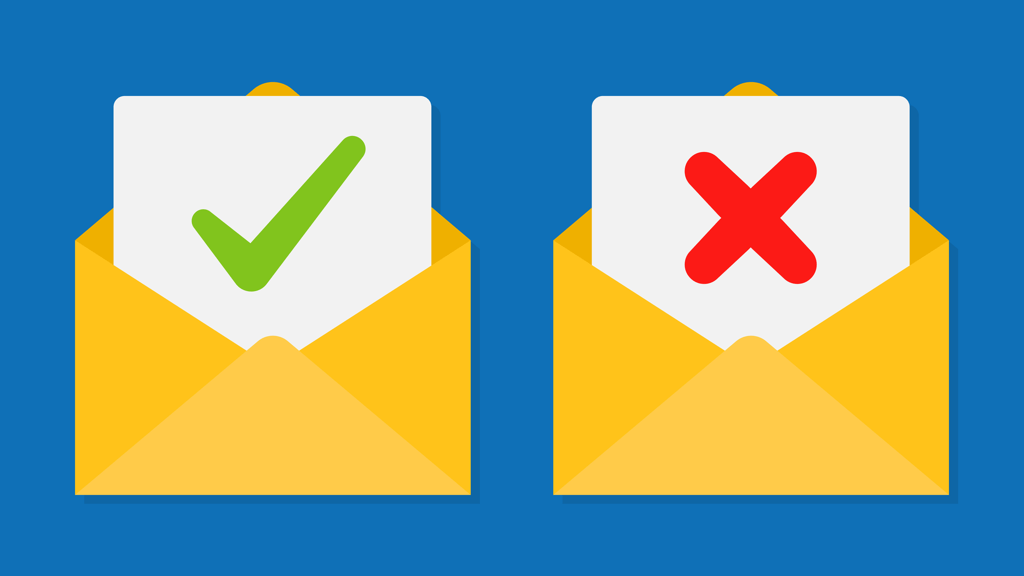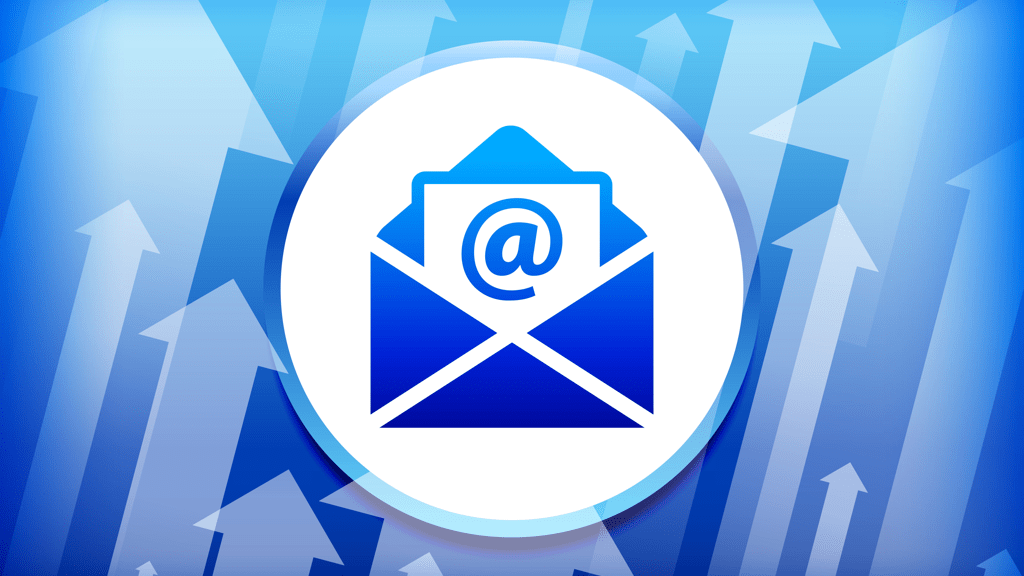Email marketing has been around for quite some time now, but it never loses its significance in the world of digital marketing. It is still considered one of the most effective ways to reach and engage customers. Email marketing has become an indispensable tool for increasing revenue and customer loyalty. If you’re not yet convinced about its importance, keep reading! This blog post will explain why email marketing should be crucial to your overall digital strategy.
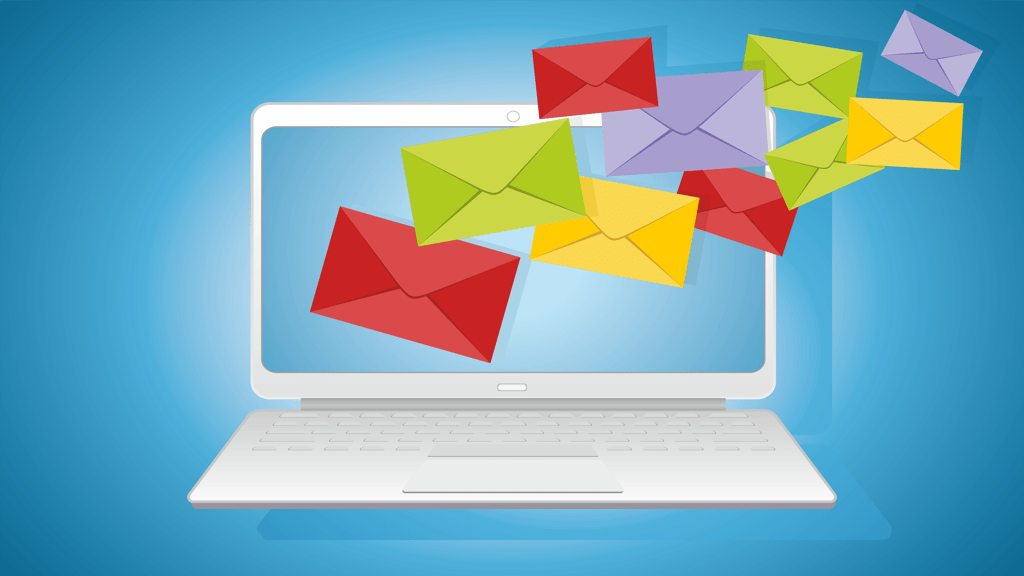
What is email marketing?
Email marketing is a digital marketing strategy that involves sending commercial messages to a group of people through email. These emails can range from newsletters, promotional offers, updates about new products or services, and other relevant information about your business.
One of the main reasons why email marketing is essential is because it allows you to reach out directly to your target audience. Unlike social media platforms, where posts may get buried in feeds, emails are more likely to be seen by subscribers since they actively choose to receive them.
Another benefit of email marketing is its cost-effectiveness compared to traditional advertising methods like print ads or TV commercials. With bulk email software such as MaxBulk Mailer, you can easily send mass emails without spending too much on printing costs or airtime fees.
However, it’s crucial not to abuse this tool with cold and winback emails. Instead, you should focus on creating engaging content that will keep subscribers interested in opening your emails.
Email marketing remains one of the most effective ways to connect with your customers and drive sales.
The benefits of email marketing
Email marketing is a powerful tool you can use to reach your target audience and drive conversions. One of the most significant benefits of email marketing is its cost-effectiveness compared to other forms of advertising.
With bulk email software like MaxBulk Mailer, you can simultaneously send personalized emails to many subscribers. This makes it easy for you to communicate with your customers regularly without spending too much money.
Another advantage of email marketing is its measurability. Marketers can track metrics such as open rates, click-through rates, and conversion rates to determine the effectiveness of their campaigns. With this data, they can make adjustments and improve future campaigns.
Cold emails are another way that companies can benefit from email marketing. You can expand your customer base by reaching out to potential customers who have not yet interacted with the brand.
Winback emails are an effective way for companies to re-engage with inactive subscribers or customers who haven’t made purchases. These campaigns offer discounts or promotions as incentives for these individuals to return and make another purchase.
Email marketing offers numerous benefits. It is perfect to connect with your audience cost-effectively. Ideal to expand your customer base through cold outreach efforts and winback initiatives.
How to get started with email marketing
Getting started with email marketing can be overwhelming, but it doesn’t have to be. Here are some tips to make the process smoother.
Define your goals and target audience. This will help you create a more targeted and effective email campaign. Next, choose a bulk email software that suits your needs and budget, for example, MaxBulk Mailer.
Once you’ve selected a software, create a contact list by collecting emails from subscribers on your website or social media channels. Make sure to obtain permission before adding people to your list.
When designing your emails, keep in mind that simplicity is vital. Use attractive images and clear fonts to catch the reader’s attention without overwhelming them with too much information.
Personalize each email by addressing the recipient by name and tailoring content based on their interests and behaviors. Segmenting your contacts into smaller groups based on demographics or past purchases can also increase engagement rates.
Track results using analytics provided by most email service providers. This will give you insight into what works best for your audience so that you can continue creating successful campaigns in the future!
Email marketing tips
Email marketing is a powerful tool to reach customers and prospects. However, it is essential to use email marketing effectively to get the best results. Here are some tips for successful email marketing:
1. Build Your List: The first step in effective email marketing is building a targeted list of subscribers interested in your offer.
2. Personalize Your Emails: Personalization can help increase engagement rates by making your emails feel more relevant and tailored to your recipients’ interests.
3. Use Eye-Catching Subject Lines: The subject line of your email is the first thing that catches your recipient’s eye, so make sure it stands out and piques their interest.
4. Segment Your Email List: Segmenting allows you to send targeted messages based on specific criteria such as location, behavior, or demographics.
5. Keep it Simple: Avoid using too many images or fancy designs, which may distract from the message you’re trying to convey.
6. Test and Optimize: Continuously test different elements of your campaigns, including subject lines, content, timing, etc., and optimize accordingly based on performance data.
By following these tips, you can create effective email campaigns that engage with your audience and drive results for your business goals.
Conclusion
Email marketing is a powerful tool that can help you connect with your customers, build relationships, and drive sales. With the right bulk email software like MaxBulk Mailer, you can easily create and send professional-looking emails to large groups of people.
While cold emails may be effective in some cases, you must focus on organically building your email list and sending targeted winback emails to inactive subscribers. By following these best practices for email marketing, you can see significant results in increased engagement and sales.
If you’re not already using email marketing as part of your digital strategy, now is the time to start. With the right approach and tools at your disposal, you’ll be able to reach more people than ever before! While strengthening your brand reputation and growing your business over time.
Recommended reading:
– How to send a winback email
– How to create an email list for marketing
– What is bulk email?
– How to send emails to thousands of people at once?
– How to track bulk email opens and clicks




